If you've ever spun, licked, or dipped an Oreo cookie in milk before eating it, you've probably unwittingly recreated the world's most famous cookie brand's marketing campaign. But few people know that the iconic vanilla-cream-filled chocolate chip cookie was actually a copycat.
The Forgotten Original
In 1898, Nabisco Corporation was formed through the merger of three major American biscuit companies: American Biscuit & Manufacturing Company, New York Biscuit Company and United States Baking Company. This combination created a corporation that owned 114 factories and more than 400 ovens, accounting for more than half of the American biscuit market at that time.
In 1902, brothers Jacob and Joseph Loose left the biscuit giant Nabisco to form their own company, the Loose-Wiles Biscuit Company. As traditional butter biscuits were starting to become boring, they created a new kind of biscuit.
This cookie mimics a sandwich, with two layers of cocoa cake sandwiched between them, a smooth vanilla cream filling. The Loose brothers named this cookie Hydrox. The name, which sounds very scientific , implies purity and cleanliness like water - something the American food industry desperately needed to regain consumer trust.
Hydrox quickly became an explosive phenomenon because of its delicious taste, completely different from other biscuits at that time. Less than a decade later, the name Hydrox was the "king" of the American biscuit world, making even the Nabisco empire wary.
Hydrox Cookies (Photo: Mashed).
The "copycat" scene does not need to be hidden
Instead of inventing a new product to compete, Nabisco took the faster route and copied Hydrox's recipe. In 1912, Nabisco introduced Oreo, a nearly identical cookie with two cocoa shells sandwiching a vanilla cream filling, at its New York factory.
Oreo was born in a weak position as a latecomer, with nothing outstanding compared to the original, and was even considered a "copycat". But Nabisco had something Hydrox didn't have: the art of marketing.
Oreo began its Hydrox takeover by redefining the cookie eating experience. In 1923, Nabisco launched a massive advertising campaign with a very interesting slogan and image: spin the cookie - lick the cream - dip in milk. A simple action but creating a connection, making customers feel that eating Oreo is a unique experience, unlike any other cookie.
Meanwhile, Hydrox took a rather negative approach to competition. They constantly emphasized that they were the original, criticizing Oreo as a copycat. However, this strategy did not work. Consumers began to make the opposite mistake when they saw that Oreo was more famous and more expensive, and believed that Hydrox was the copycat.
There was even a time when Oreo raised its prices, instead of being turned away, this brand became more trusted. The high price made customers implicitly understand that this was the real cookie, while Hydrox looked cheap and like a copy.
The Death of Hydrox and the Rise of the Oreo Empire
In 1922, Joseph Loose - co-founder of Hydrox - suddenly died of heart disease. A year later, his brother Jacob also suddenly passed away. Without a leader, the Loose-Wiles biscuit company fell into crisis.
At this point, the name Hydrox began to backfire, as it was associated with cleaning chemicals instead of its original meaning of purity. Consumers became wary and turned their backs on the brand.
Oreo and Hydrox on supermarket shelves (Photo: Mashed).
Nabisco immediately seized the opportunity and accelerated Oreo promotion. They did not mention Hydrox, did not criticize the competition, simply focused on the fun, delicious feeling that Oreo brought. Gradually, Hydrox gradually withdrew from the market. In 2003, the brand officially disappeared.
While Hydrox quietly faded away, Oreo continued to innovate itself. In 1975, Oreo launched the "Double Stuf" version with double the cream filling. In 1987, Oreo launched the chocolate-covered cookies for sweet lovers called "Cakesters". This brand created a rich series of products from mini Oreos to Oreos with strawberry filling, banana flavor, popcorn flavor, milk tea, etc.
In 1985, Oreo set a Guinness World Record with more than 6 billion cookies sold per year, officially becoming the world's best-selling cookie.
In 2000, Nabisco was acquired by food conglomerate Philip Morris (owner of Kraft Foods). Oreo was then taken over by Mondelez International and continued to grow, with sales of over $3.1 billion in 2019 alone.
The late revival of Hydrox
It was thought to have been completely forgotten, but in 2015, an American food company called Leaf Brands suddenly revived Hydrox and claimed that this was the "stolen original". They accused Oreo of not only copying the formula, but also using poor quality ingredients (corn syrup instead of real cane sugar like Hydrox).
However, the market reaction was clear when no one cared. Oreo had become an icon of childhood and pop culture. Whether Hydrox was the original or not, consumers still chose the brand that was already so familiar.
In 2016, Leaf Brands even issued a statement asserting that Hydrox was still retaining jobs in the US through its manufacturing operations, while Mondelez International laid off workers to move some production to its plant in Mexico.
President Trump previously criticized the Oreo maker for moving production out of the country. Hydrox quickly stamped its packaging with the words "Proudly Made in the USA" next to the American flag.
The relaunch appears to have paid off, with Hydrox sales reportedly increasing more than 20-fold from 2016 to 2017, reaching over $492,000. Still, this is a far cry from Oreo’s overwhelming dominance of the market.
Source: https://dantri.com.vn/kinh-doanh/tu-vi-the-an-theo-den-ong-vua-banh-quy-cuoc-chien-ngot-ngao-cua-oreo-20250527144320666.htm


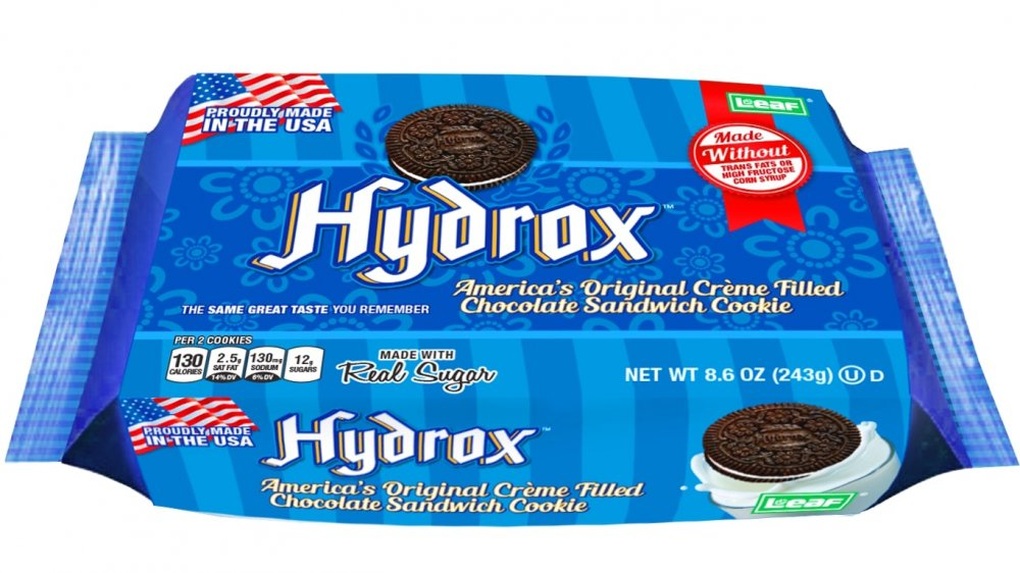
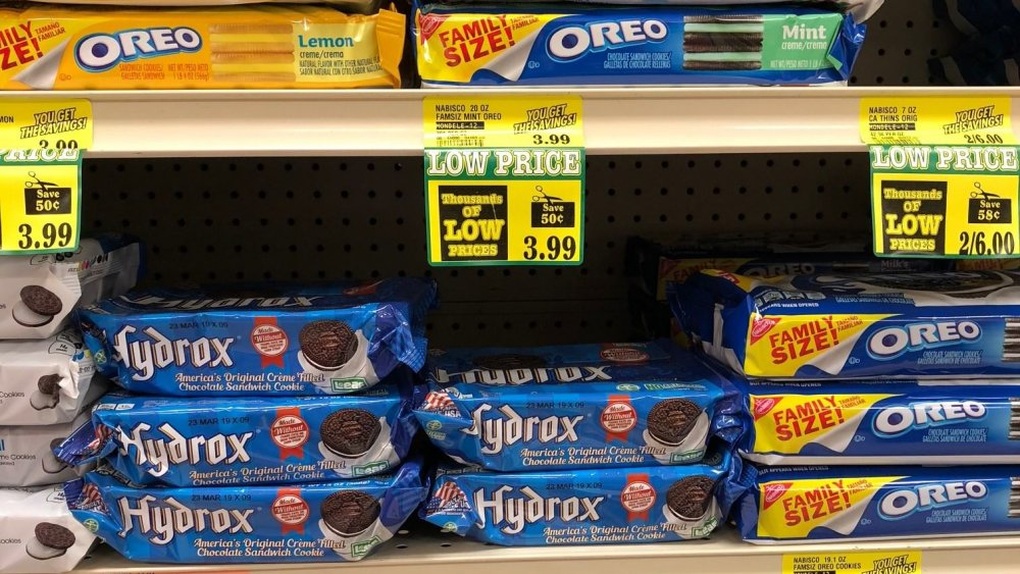
![[Photo] Enjoy the Liuyang Fireworks Festival in Hunan, China](https://vphoto.vietnam.vn/thumb/1200x675/vietnam/resource/IMAGE/2025/10/26/1761463428882_ndo_br_02-1-my-1-jpg.webp)


![[Photo] General Secretary To Lam received the delegation attending the international conference on Vietnam studies](https://vphoto.vietnam.vn/thumb/1200x675/vietnam/resource/IMAGE/2025/10/26/1761456527874_a1-bnd-5260-7947-jpg.webp)
![[Photo] Prime Minister Pham Minh Chinh attends the opening of the 47th ASEAN Summit](https://vphoto.vietnam.vn/thumb/1200x675/vietnam/resource/IMAGE/2025/10/26/1761452925332_c2a-jpg.webp)
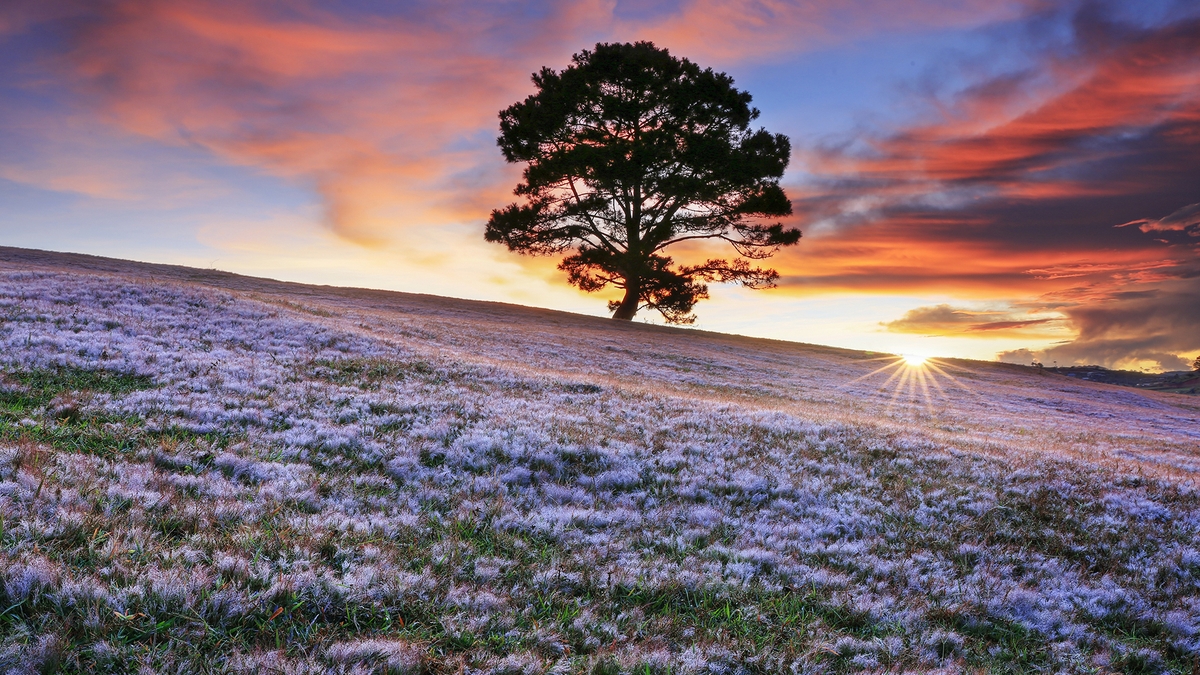
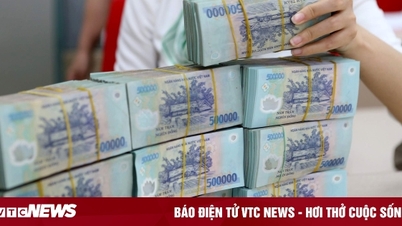


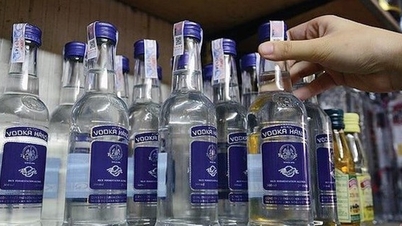

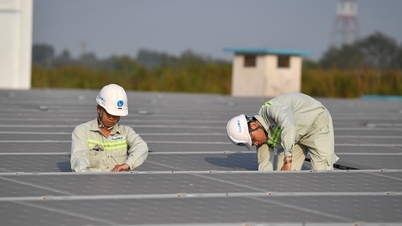

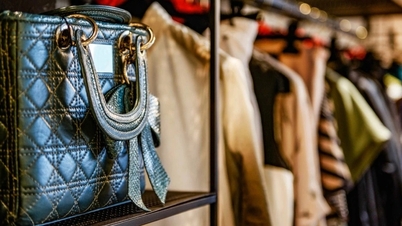





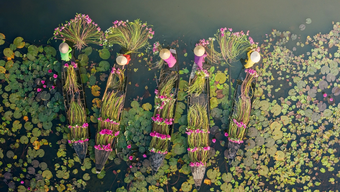


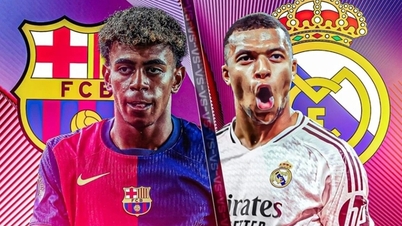
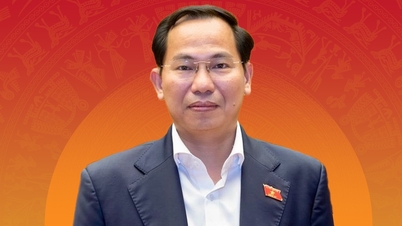

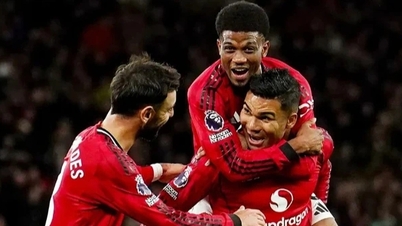
![[Photo] Prime Minister Pham Minh Chinh and United Nations Secretary-General Antonio Guterres attend the Press Conference of the Hanoi Convention Signing Ceremony](https://vphoto.vietnam.vn/thumb/1200x675/vietnam/resource/IMAGE/2025/10/25/1761391413866_conguoctt-jpg.webp)
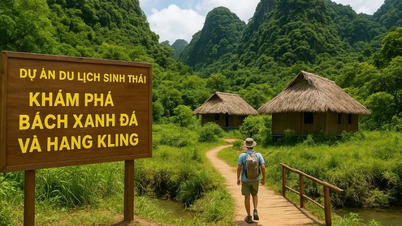

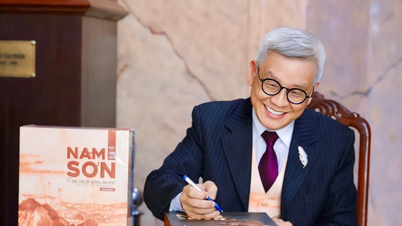







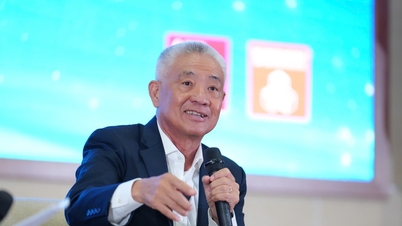


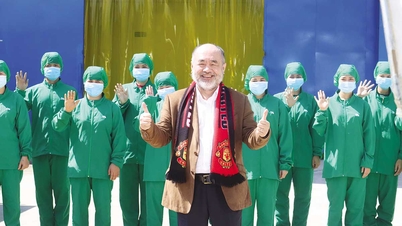







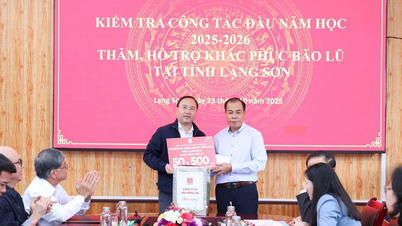
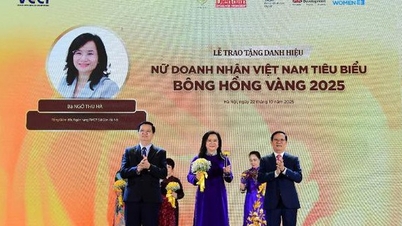

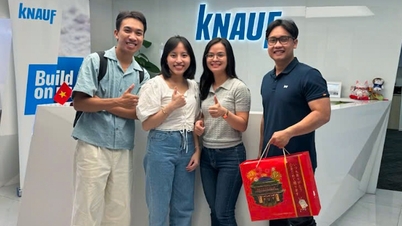

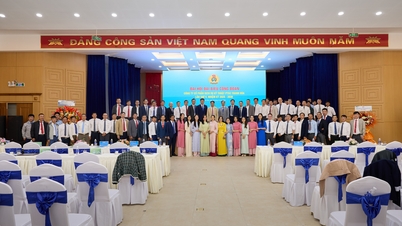



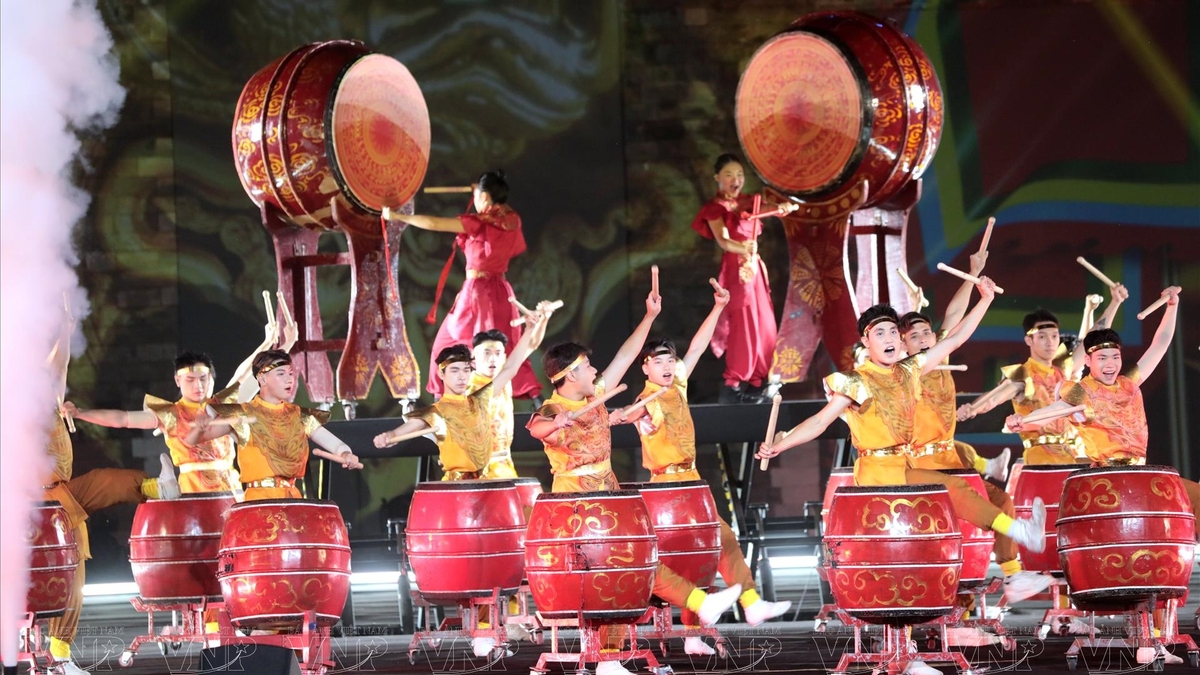
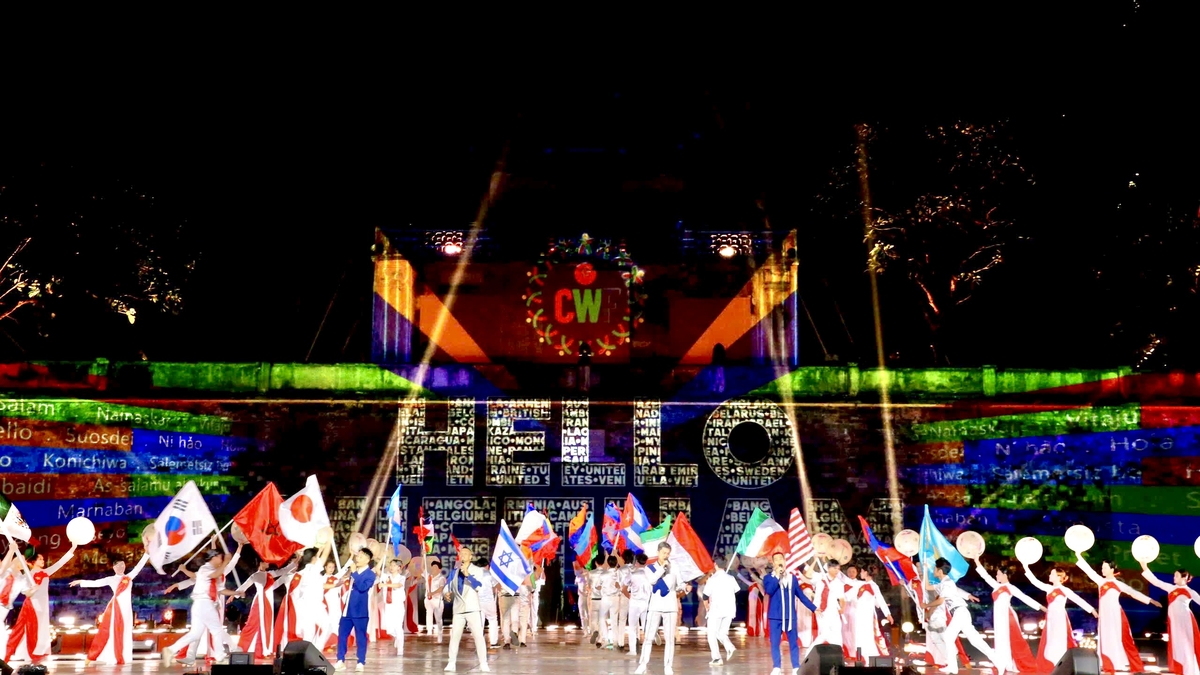


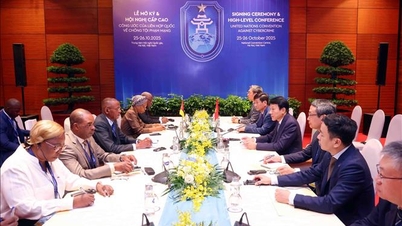

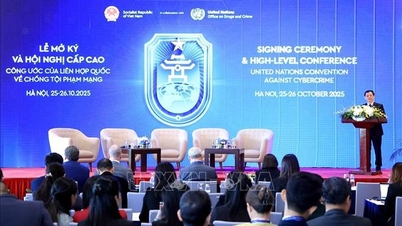
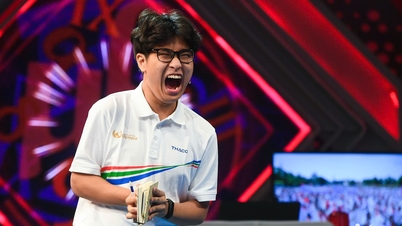
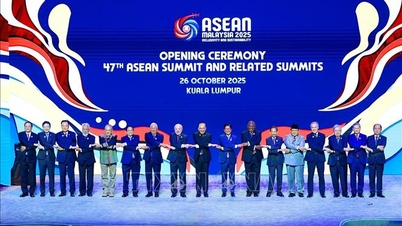
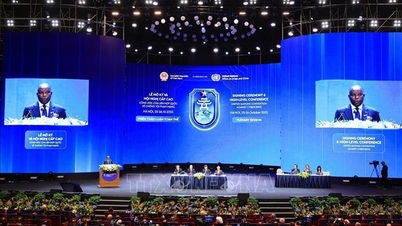
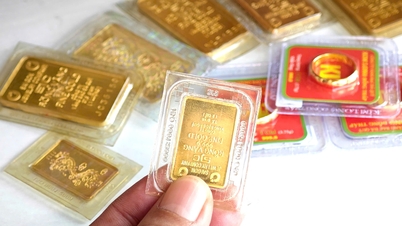

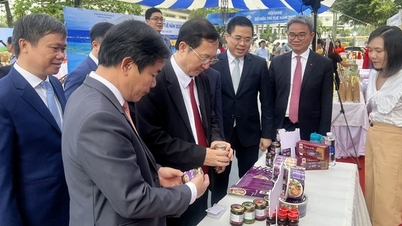



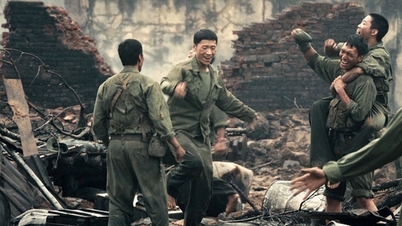
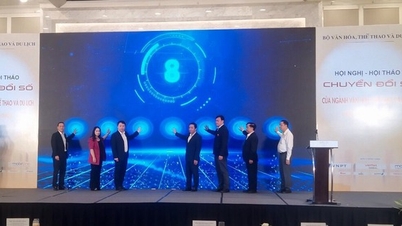
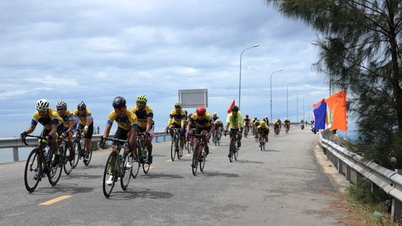


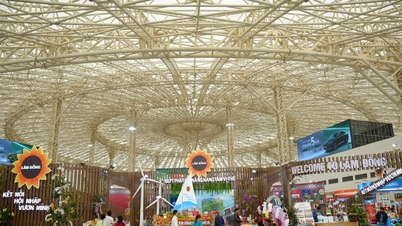

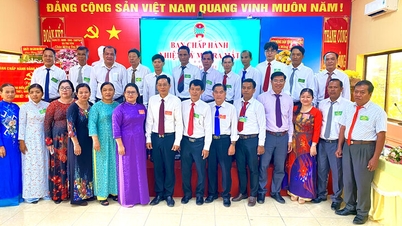



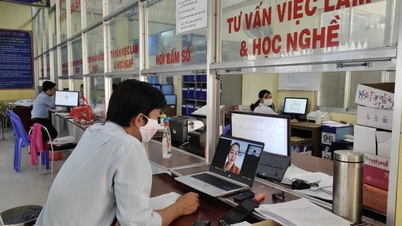

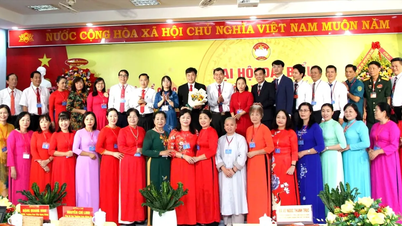











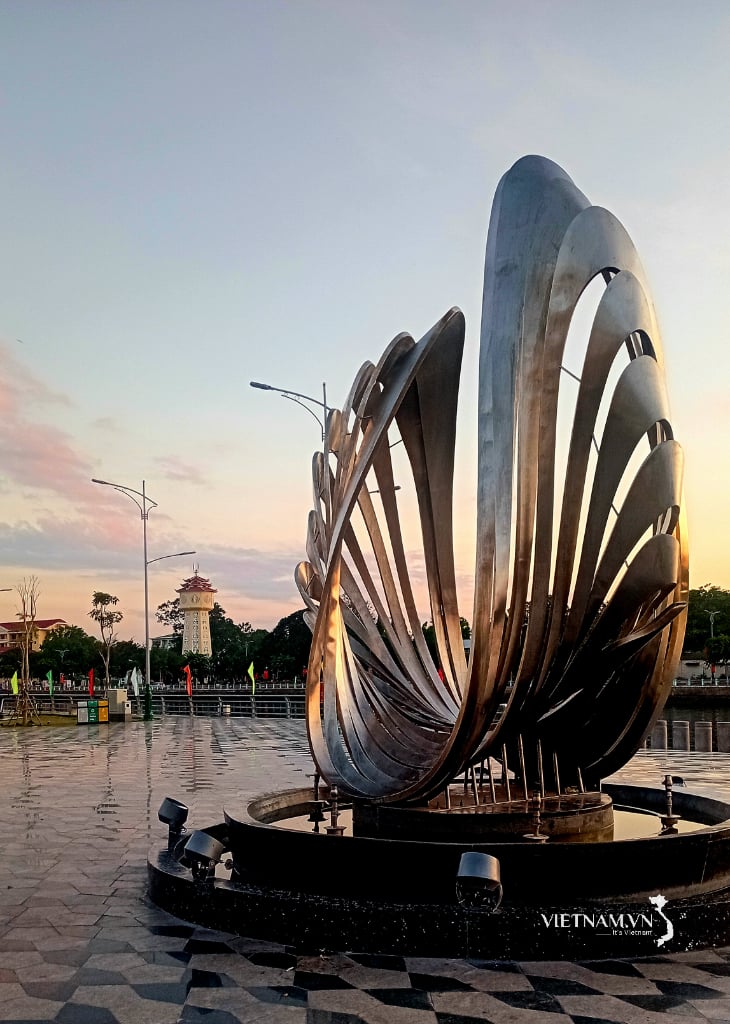
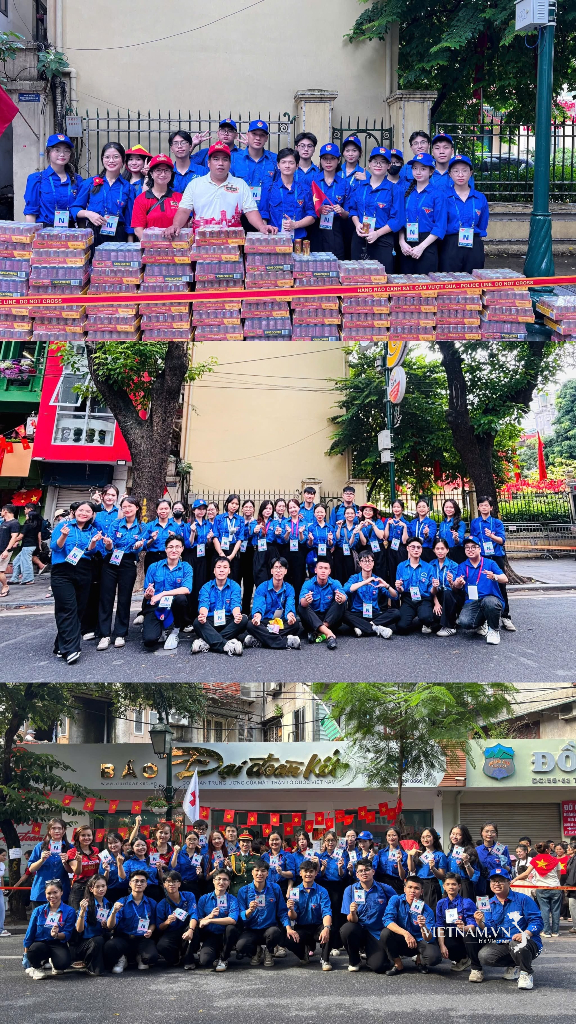


Comment (0)